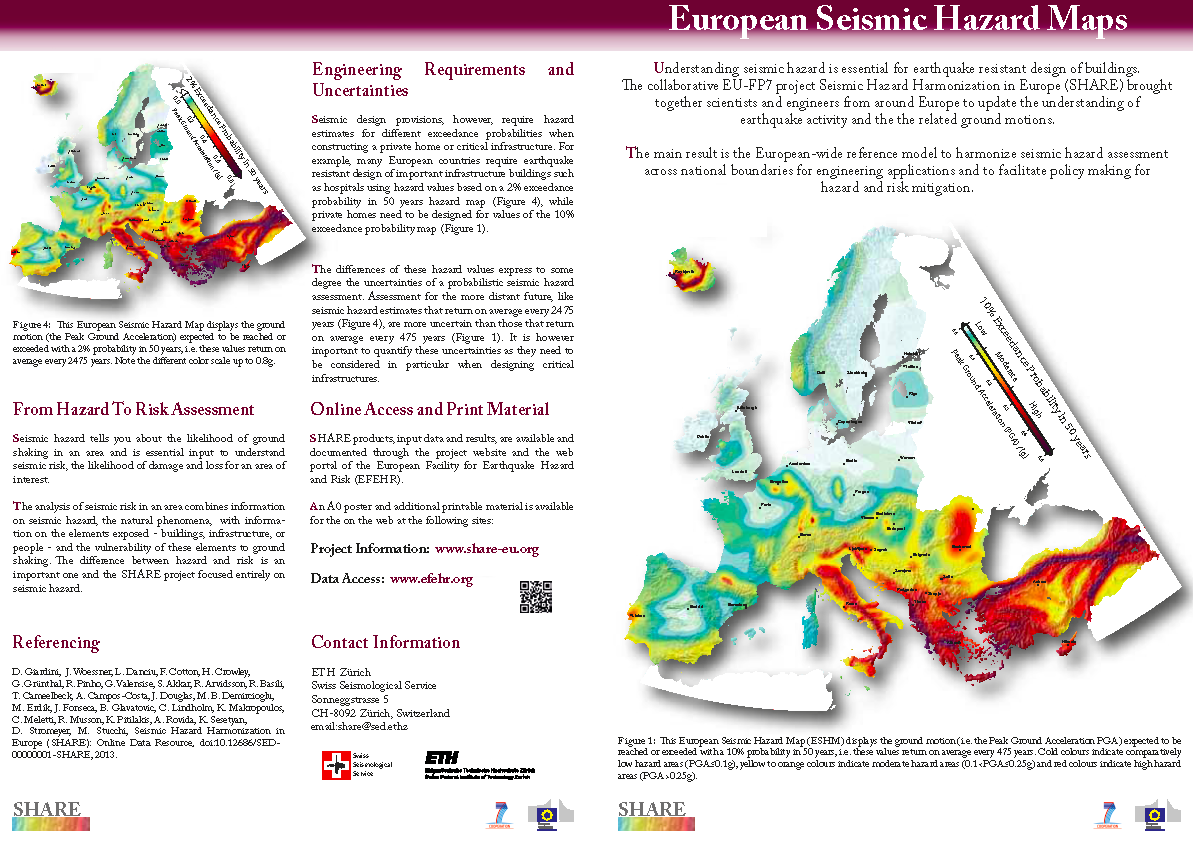EMME: Earthquake Model of the Middle East region

The Middle East region is characterized by elevated seismicity. The tectonic activity is dominated by the convergence of the African Arabian and Indian plates with the Eurasian plate, resulting in a very active belt of earthquakes affecting the whole margin from Turkey to the Himalayas.
EMME aims at the assessment of earthquake hazard, the associated risk in terms of structural damages, casualties and economic losses and also at the evaluation of the effects of relevant mitigation measures in the Middle East region in concert with the aims and tools of GEM. The Project started on April 2009 and will end on March 2013.
Main institutions involved in the early phase are, ETHZ (Switzerland), KOERI, METU, SAU (Turkey), IIEES (Iran), CUT, METU/NCC (Cyprus), YU (Jordan), NDMA, PIDE (Pakistan), AUB (Lebanon), AECS (Syria), IIT (India), ACNET (Georgia), ANAS (Azerbaijan), SCI (Armenia).
The EMME project will encompass several modules such as the Hazard Module, Seismic Risk Module, Socio- Economic Loss Module and the development of an IT infrastructure or platform for the integration and application of modules under consideration. The methodologies and software developments within the context of EMME will be compatible with GEM in order to enable the integration process. EMME will cooperate also with other regional projects in the Euro-Mediterranean area (SHARE) and India. As such, a comprehensive interaction between the projects is foreseen.
Website: www.emme-gem.org


